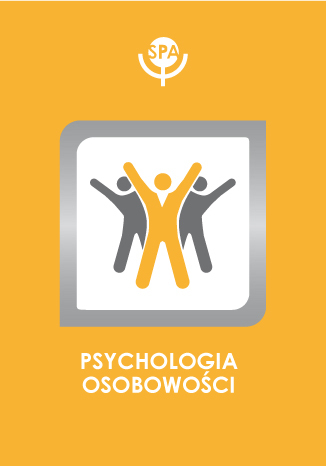Światło niebieskie a nastrój – rola pory i długości ekspozycji oraz typu okołodobowego

Patrycja Siemiginowska, Krystyna Golonka, Irena Iskra-Golec
DOI:10.14691/CPPJ.24.2.299
Rocznik: 2018 Tom: 24 Numer: 2
Strony: 299-306
circadian clock characteristics (circadian type) moderated timing and duration of exposure to blue light on mood. Circadian type measured by Circadian Type Inventory (DiMilia, Smith i Folkard, 2005) has two dimensions: languidity (languid – vigorous) and flexibility (flexible – rigid). 30 young men took part in counterbalanced repeated- measures experiment with blue and white light conditions emitted at three times of day (morning, afternoon, and evening). Mood was measured with Thayer’s Activation-Deactivation Adjective Check List after short (30 minutes) and prolonged (4 hours) exposure. Results showed that languidity moderated blue light effect in two characteristics of mood: tension and calmness. In blue light when compared to white light conditions languid types were tenser (in both short and prolonged exposure) and calmer after prolonged exposure than vigorous types. Additionally, in languid types two phenomena were noted: decrease of calmness after short exposure to blue light in the afternoon when compared to white light and increase of calmness in the evening in blue light when compared to morning and afternoon exposure. Prolonged blue light exposure to blue light in contrast to white light made languid types more tense and less calm. Obtained results are in line with alerting effects of blue light and take into account the role of individual differences in circadian clock characteristics (dimension of circadian type: languidity).









 Pobierz pełny tekst
Pobierz pełny tekst



